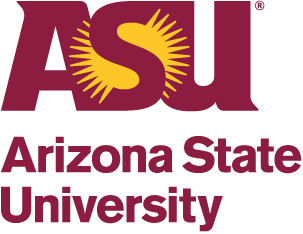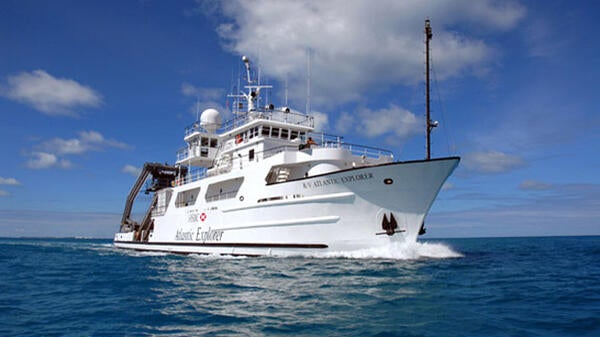Since October 1988, scientists have been sampling the deep ocean waters of the Sargasso Sea as part of the Bermuda Atlantic Time-series Study (BATS) project, with 2013 marking the program’s 25th year of continuous operation by BIOS.
Celebrating 35 Years of Particle Flux Measurements in the Sargasso Sea
April 26, 2013
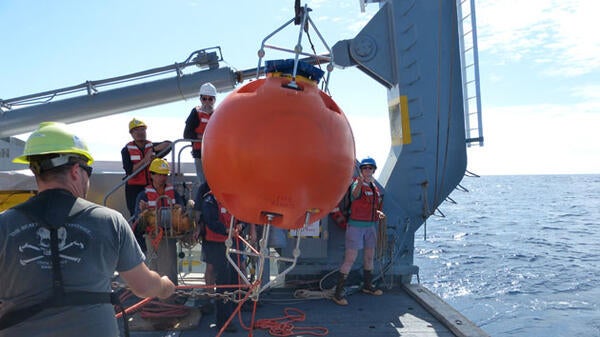
Since 1978 the Oceanic Flux Program (OFP) has been studying particle fluxes in the deep Sargasso Sea. This year, the OFP celebrates 35 years of continuous measurements, making it the longest running time-series of its kind. “This is a monumental achievement for oceanography and for the US National Science Foundation, which supports the OFP. It is remarkable to look back at all we have learned about the workings of the deep ocean since the OFP began. And as we add ever more sophisticated instruments on the OFP mooring, it is really exciting to look forward to more discoveries about the deep,” says Dr. Maureen Conte, Associate Scientist at BIOS and Adjunct Scientist at the Marine Biological Laboratory Ecosystems Center in Woods Hole, Massachusetts.
Enhancing Workforce Capacity
October 28, 2019
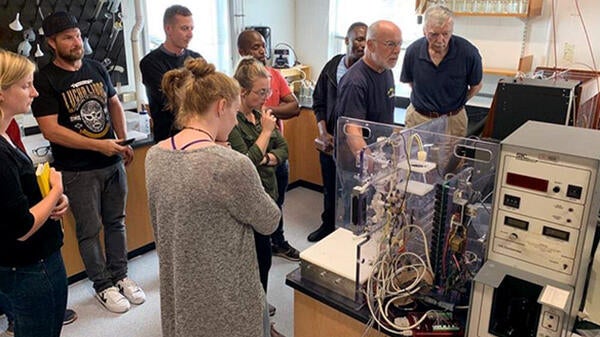
From September 23 through 27, Professor Nicholas Bates, senior scientist at BIOS and Dr. Ludger Mintrop, owner of Marianda—a company in Kiel, Germany that specializes in instruments for marine chemistry analysis—co-hosted a first-of-its-kind professional development course in Bermuda.
Oceanographic Experience Across the Pond
October 28, 2019
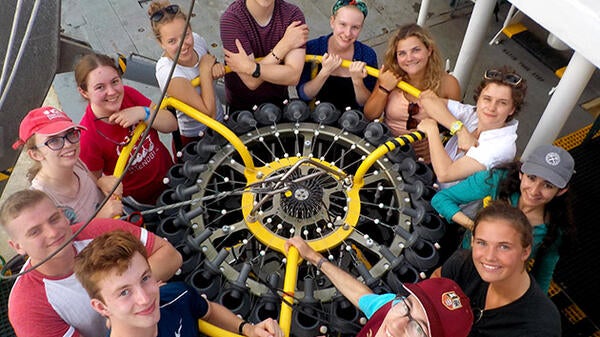
For the last nine years, students in the Earth Science program at the University of Oxford in England have visited BIOS to gain first-hand knowledge of coastal and deep-water oceanography, as well as the unique geology of Bermuda.
Don’t Let Their Size Fool You
November 25, 2019
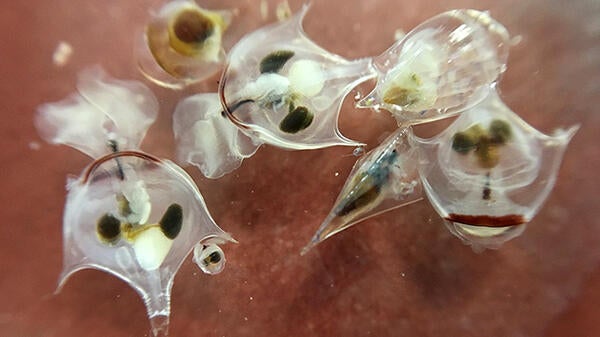
For nearly a hundred years, scientists have known that plankton—the microscopic organisms that drift and float in the ocean, also known as marine microbes—form the basis of the ocean’s food web. Phytoplankton (literally “plant wanderers”) are photosynthetic, like their terrestrial counterparts, and convert sunlight into energy. Phytoplankton, in turn, are consumed by zooplankton (literally “animal wanderers”), as well as a host of larger marine organisms, including juvenile fish, shellfish, birds, and even whales. However, scientists are now learning that plankton play an even larger role in earth’s complex biogeochemical systems.
Medicine, Ocean Science, and Pharmaceuticals
November 25, 2019
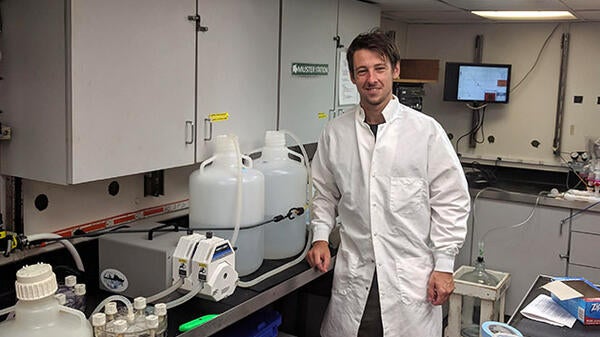
When David Picton first arrived at BIOS in 2013 as a work study intern, he had no intention of pursuing a career in research science, wanting—instead—to become a medical doctor. At 19 he had just finished his first year of studies in biomedical sciences at Newcastle University in the United Kingdom and was simply looking for an opportunity to travel and try his hand at something new, with the hopes of gaining a few skills in the process.
National Science Foundation Commits $14 Million Dollars to Ongoing Research at BIOS
August 26, 2013
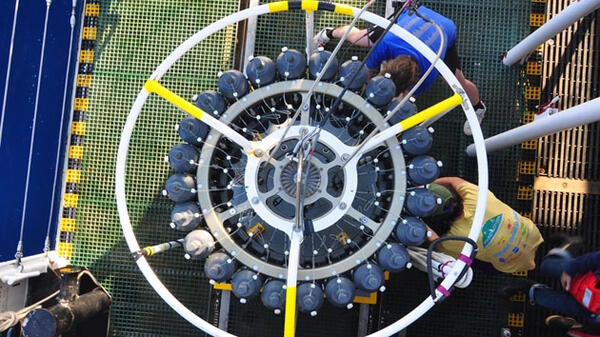
Amid growing concern regarding the current federal funding climate for ocean science research, the National Science Foundation (NSF) just announced continued support for the Bermuda Atlantic Time-series Study (BATS) research program at BIOS. According to Dr. Nicholas Bates, Senior Scientist and Associate Director of Research at BIOS and Principal Investigator of the BATS project, “This represents about $14 million from NSF to BIOS over the next five years: approximately $6 million for research and roughly another $8 million to support science days at sea aboard the R/V Atlantic Explorer.” This announcement comes on the heels of a $4 million award from NSF last year to support Hydrostation S, the world’s longest-running hydrographic time-series, for another five years. Together, these two awards represent a significant commitment by NSF to ocean time-series off Bermuda.
The BATS 25th Anniversary Cruise
November 27, 2013
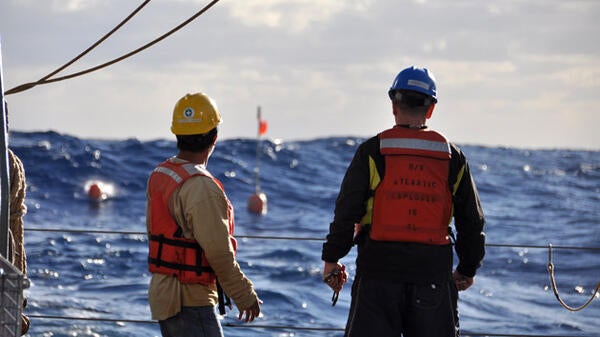
From October 18-25, 2013, a group of scientists and technicians were at sea aboard the R/V Atlantic Explorer on a very special Bermuda Atlantic Time-series Study (BATS) research cruise marking the program’s 25th year. Like many anniversary celebrations, this one involved cake (more on that in a bit!) but—unlike most celebrations—it also involved a variety of oceanographic science.
The Human Backbone of the Bermuda Atlantic Time-series Study (BATS)
November 27, 2013
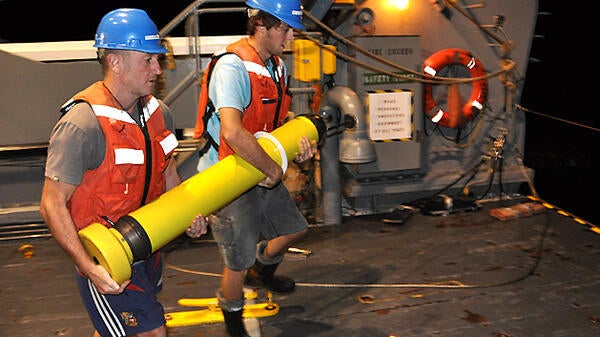
In the late 1980s Rod Johnson was working in the UK civil service—a “fantastic job” by his own account—when he attended a meeting concerning the Global Ocean Flux Study (GOFS). During this meeting a topic of discussion was how Bermuda and Hawaii would be pivotal in achieving the GOFS objectives of understanding biogeochemical variability in the oceans and the impact of climate change on these processes. At the time, Johnson’s girlfriend (Sarah), now his wife, had just moved to Bermuda and, in a move that would impact the course of his career, he decided to contact Dr. Tony Knap, then-Director of BIOS (at the time BBS), to inquire about employment opportunities.
The Bermuda Atlantic Time-series Study (BATS) Celebrates A Quarter Century of Science
November 27, 2013

In the late 1980s scientists at the Bermuda Institute of Ocean Sciences (BIOS) were looking for a way to meaningfully contribute to the Joint Global Ocean Flux Study (JGOFS). This international program involved the creation and maintenance of monitoring stations around the world, each collecting vast amounts of data on dissolved carbon in the ocean and carbon dioxide in the atmosphere. BIOS was already home to Hydrostation S (an ocean data time-series station established in 1954), but the scientists envisioned a time-series station that could provide long-term measurements from the open ocean off Bermuda.

